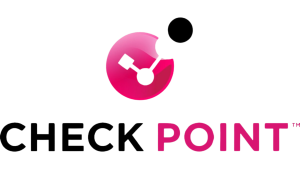The increase in data generated every day since the technological revolution has triggered interest in areas such as Big Data, especially from a business perspective where its importance is fundamental to optimise efforts to reach the ideal customer through persuasive and personalised messages.
The large amount of data obtained in these processes is very difficult to analyze if the appropriate means are not used, so it is necessary to resort to highly developed tools to be able to handle this unimaginable volume of information, since it is impossible to handle it using more traditional methods. That is why we present below the 10 essential tools used by Big Data professionals:
- Hadoop: It is considered one of the best on the market in terms of quality and the most widely used. Facebook and other large global companies use it, as it allows large volumes of data to be processed in batches using simple programming models. At the same time, it is scalable.
- Spark: Spark stands out especially for shortening the time needed to perform data analysis. In fact, it is up to 100 times faster than traditional technologies, even surpassing Hadoop. In addition, it allows applications to be programmed using different languages such as Java, Python or R.
- Elasticsearch: Mozilla and Etsy have already used this tool, which allows the processing of large amounts of data and visualization in real time. It provides graphics that help to more easily understand the information obtained and can be expanded with Elastic Stack.
- Storm: The goal of this system is to process data in real time, for example from social networks, where managing millions of messages per second is not a problem. Storm creates topologies of the big data to transform and analyze it continuously while information flows constantly enter the system.
- MongoDB: This tool is used by Telefónica and Bosch. It is a NoSQL database optimized to work with data sets that change frequently, or that are semi-structured or unstructured. It is useful for storing data from mobile applications and content management systems.
- Python: Its advantage is that it is easy to use and you don’t need a lot of computer knowledge to be able to use it. It has a large community of users who have the option of creating their own libraries. The disadvantage of this tool is its slowness.
- R language: It is widely used by data miners and statisticians. It has a programming language similar to mathematics, so its field is related to financial mathematics. It has a large number of libraries and a community of users.
- Oozie is a workflow system that allows you to define a wide range of jobs written or programmed in different languages. It also links them together, allowing users to establish dependency relationships.
- Cassandra: This is an excellent option if you need scalability and availability. Netflix and Reddit use this tool, which is a NoSQL database.
- Drill: was created to achieve high scalability on servers and to be able to process petabytes of data and millions of records in a few seconds. This open-source framework allows for interactive analysis of large-scale data sets and supports a wide variety of file systems and databases.
Although this list enumerates several solutions aimed at Big Data, it is important to clarify that they are not the only ones that exist. However, these tools are the ones that should be known by anyone interested in the area of digital analysis, a management that is becoming increasingly important in companies to manage data and obtain valuable insights.




